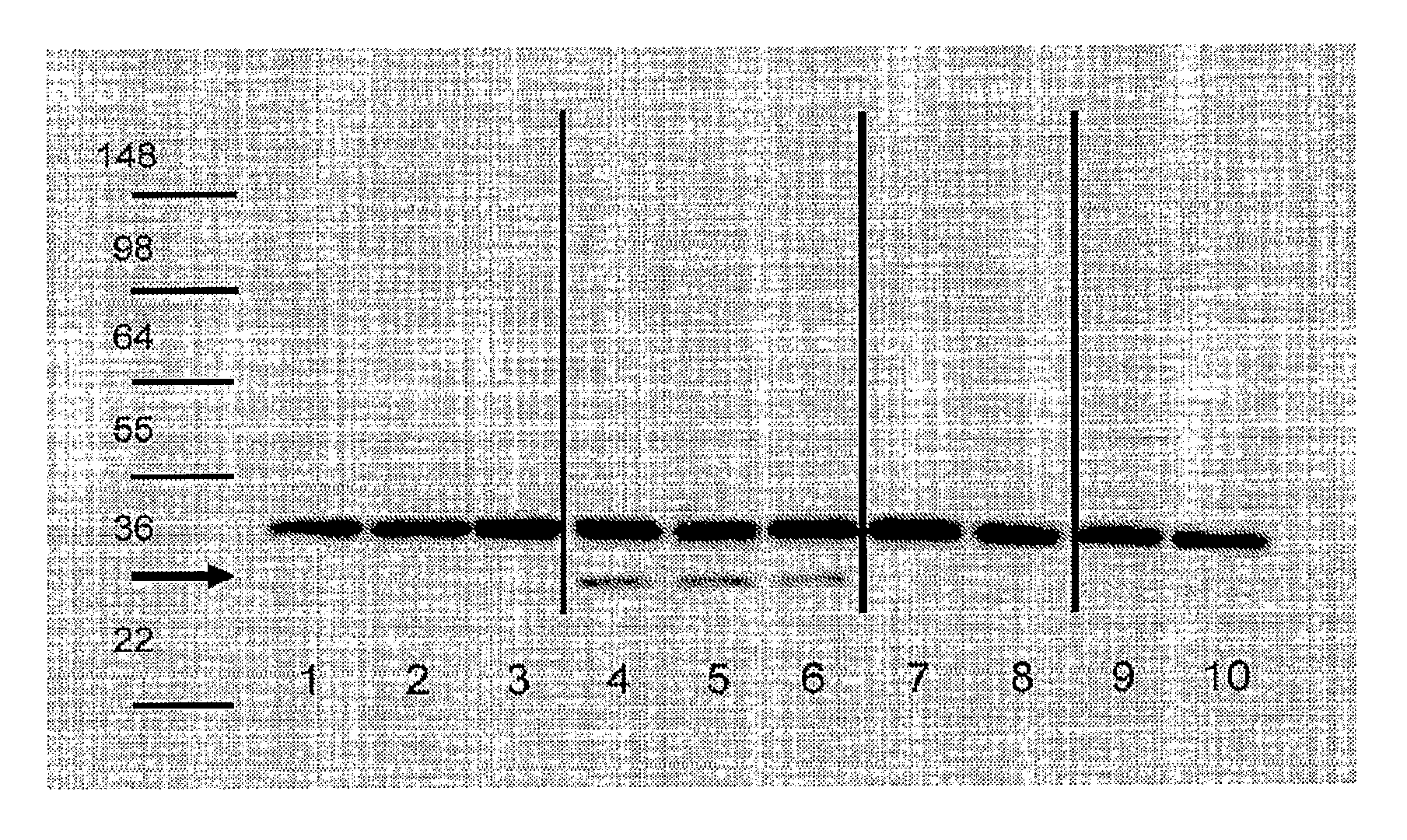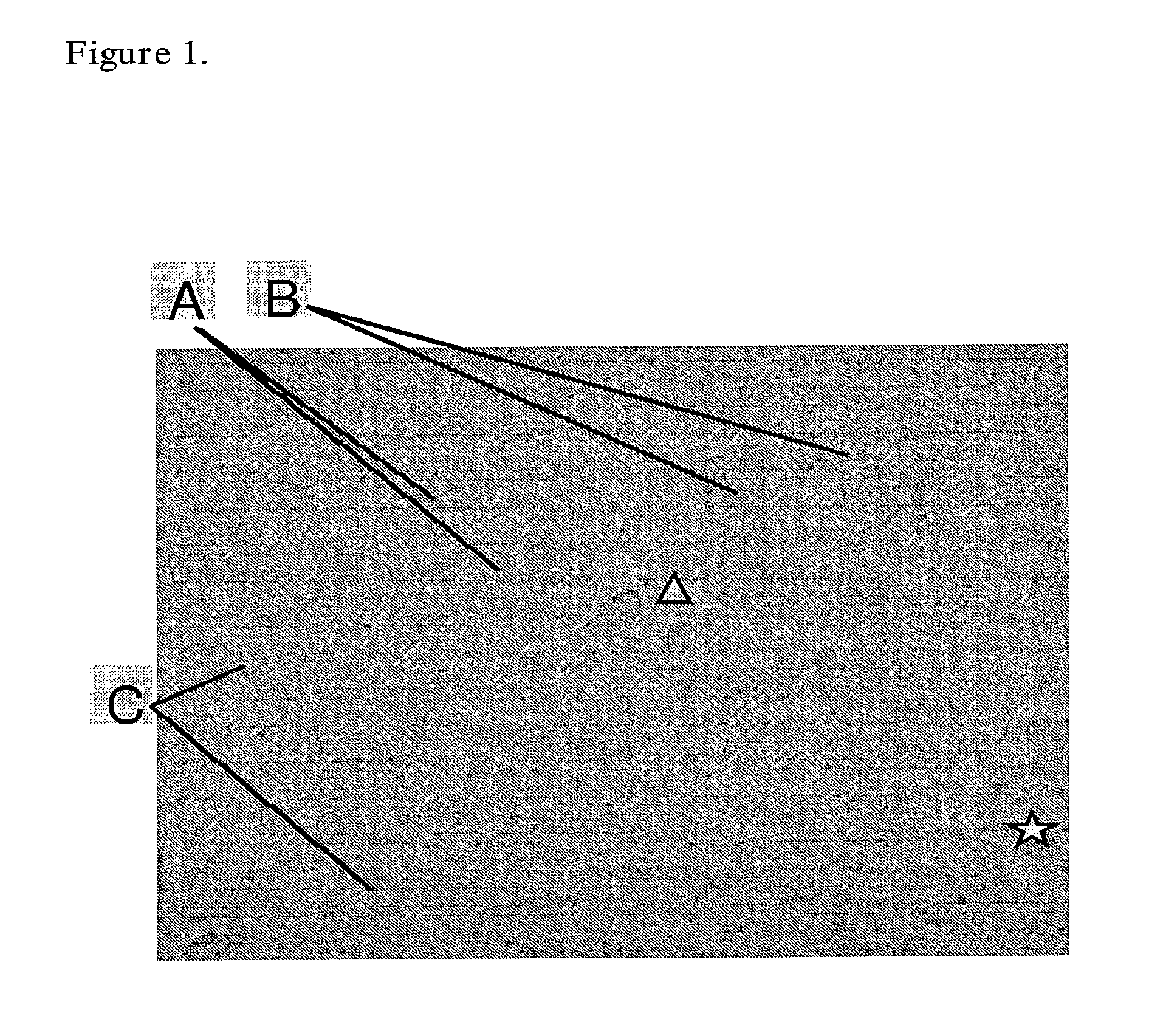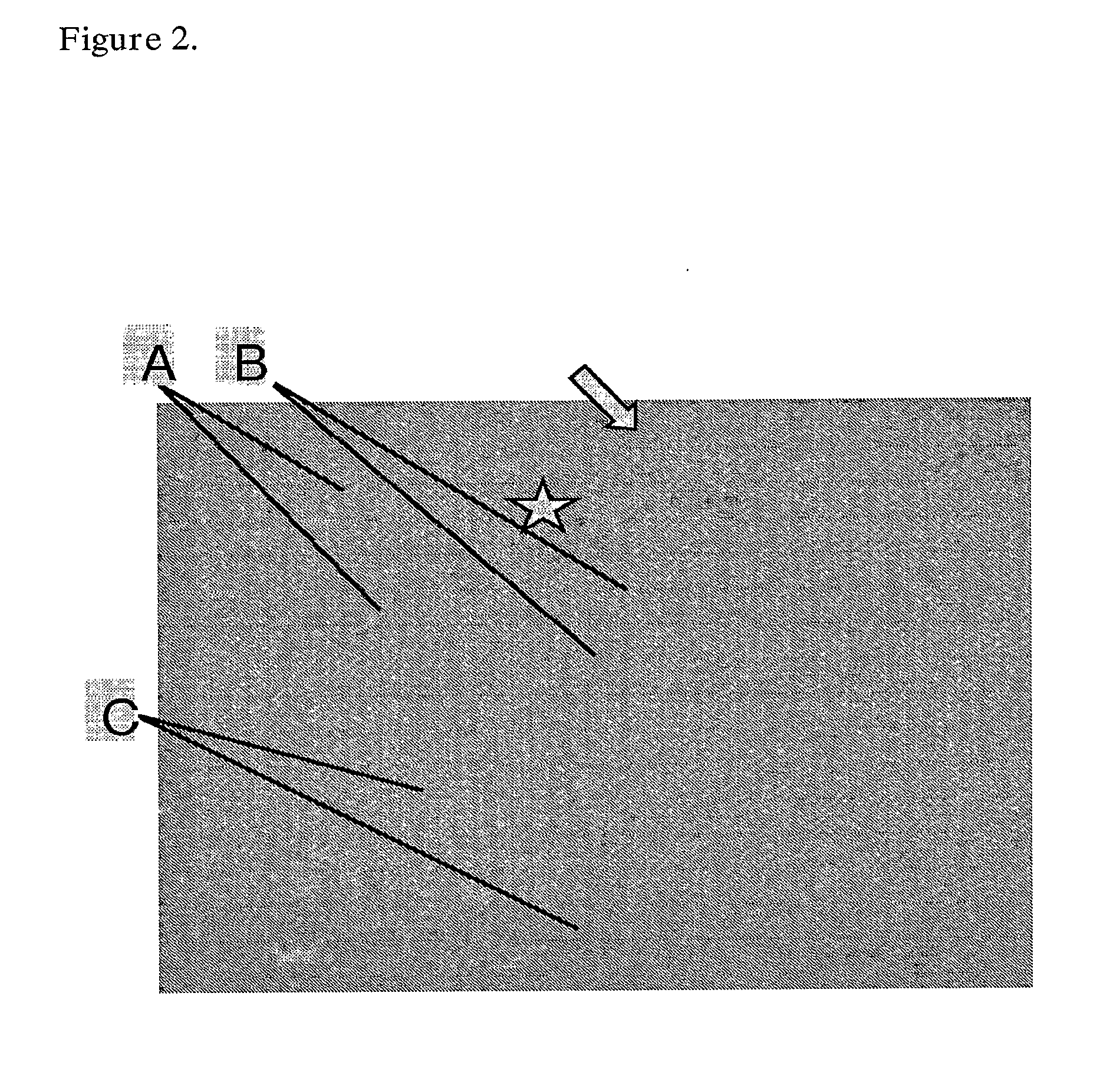Use of Mitochondrially Targeted Antioxidant in the Treatment of Liver Diseases and Epithelial Cancers
a mitochondrial-targeted, antioxidant technology, applied in the direction of biocide, phosphorous compound active ingredients, drug compositions, etc., can solve the problems of liver cirrhosis, liver failure and liver cancer, and the risk factor for fibrosis and cirrhosis progression, so as to improve the effect of fabp protein and disease treatment or prophylaxis
- Summary
- Abstract
- Description
- Claims
- Application Information
AI Technical Summary
Benefits of technology
Problems solved by technology
Method used
Image
Examples
example 1
Experimental Induction of Mallory Bodies (MBs)
[0148] MBs can be induced in mouse livers by chronic intoxication of various mouse strains: e.g., Male Swiss Albino mice: strain Him OF1 SPF (Institute of Laboratory Animal Research, University of Vienna, Himberg, Austria) with 3,5-diethoxycarbonyl-1,4-dihydrocollidine (1,4-dihydro-2,4,6-trimethylpyridine-3,5-dicarbonic acid diethyl ester, DDC, Cat. no. 13703-0, Sigma-Aldrich Steinheim, Germany) or Griseofulvin (GF, Cat. no. 85,644-4, Sigma-Aldrich).
[0149] The standard diet (Sniff Spezialdiäten GmbH, Soest, Germany) containing 2.5% GF or 0.1% DDC is produced as pellets by Sniff.
[0150] Animals are kept in conventional cages or in sterile isolators with a 12 hrs day-night cycle. Animals receive humane care according to the criteria outlined in the “Guide for the Care and Use of Laboratory Animals” prepared by the National Academy of Sciences and published by the National Institutes of Health; NIH publication 86-23, revised 1985.
[0151] M...
example 2
Evaluation of Liver Alterations; Detection of Mallory Bodies (MBs)
[0154] Liver samples prepared according to Example 1 are used for simple histologic staining such as with haematoxylin and eosin (Luna L. G., 1968, Manual of Histologic staining methods of the Armed Forces Institute of Pathology, 3rd edition. McGraw Hill, New York). Furthermore, single-label immunohistochemistry or double-label immunoflourescence microscopy is performed to detect MBs in tested animals.
[0155] A) Single-label immunohistochemistry on paraffin-embedded sections: Sections (4 μm thick) are deparaffinized in xylene and rehydrated in graded ethanol (100%, 90%, 80%, 70%, 50% ethanol) and PBS (50 mM potassium phosphate, 150 mM NaCl, pH 8.0-8.5). For antigen retrieval, rehydrated sections are incubated with 0.1% protease type XXIV (Sigma Steinhein, Germany) for 10 min at room temperature (for ubiquitin Dako primary antibodies), or microwave (conventional household microwave oven with energy control) at 750 W f...
example 3
Effect of the Antioxidants According to the Invention on Liver Pathology
[0165] To evaluate the impact of the antioxidants according to the invention on regression of morphological alterations in early stages of DDC- or GF intoxicated mice livers a positive control group of animals (3 to 7 days exposure to DDC or GF only) is compared with DDC- or GF intoxicated mice treated for further 3 to 7 days with MitoQ a mixture of MitoQuino1 [10-(3,6-dihydroxy-4,5-dimethoxy-2 methylphenyl)decyl]triphenylphosphonium bromide and MitoQuinone [10-(4,5-dimethoxy-2-methyl-3,6-dioxo-1,4-cyclohexadien-1-yl)decyl]-triphenylphosphonium bromide (provided by Key Organics Ltd, London, UK), or MitoVit E [2-(3,4-dihydro-6-hydroxy-2,5,7,8-tetramethyl-2H-1-benzopyran-2-yl)ethyl]-triphenylphosphonium bromide (provided by Key Organics Ltd, London, UK), respectively.
[0166] For injections, MitoQ or MitoVit E is dissolved in PBS supplemented with sufficient DMSO preferably 1%) to maintain solubility of antioxidan...
PUM
| Property | Measurement | Unit |
|---|---|---|
| molecular weight | aaaaa | aaaaa |
| molecular weight | aaaaa | aaaaa |
| molecular weight | aaaaa | aaaaa |
Abstract
Description
Claims
Application Information
 Login to View More
Login to View More - R&D
- Intellectual Property
- Life Sciences
- Materials
- Tech Scout
- Unparalleled Data Quality
- Higher Quality Content
- 60% Fewer Hallucinations
Browse by: Latest US Patents, China's latest patents, Technical Efficacy Thesaurus, Application Domain, Technology Topic, Popular Technical Reports.
© 2025 PatSnap. All rights reserved.Legal|Privacy policy|Modern Slavery Act Transparency Statement|Sitemap|About US| Contact US: help@patsnap.com



